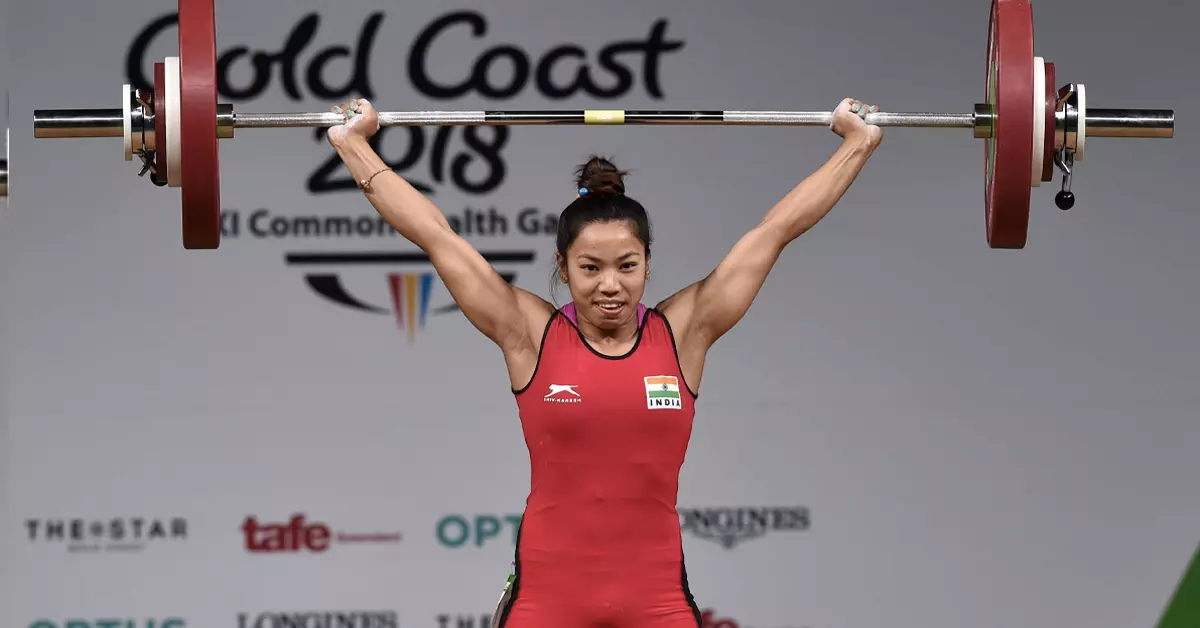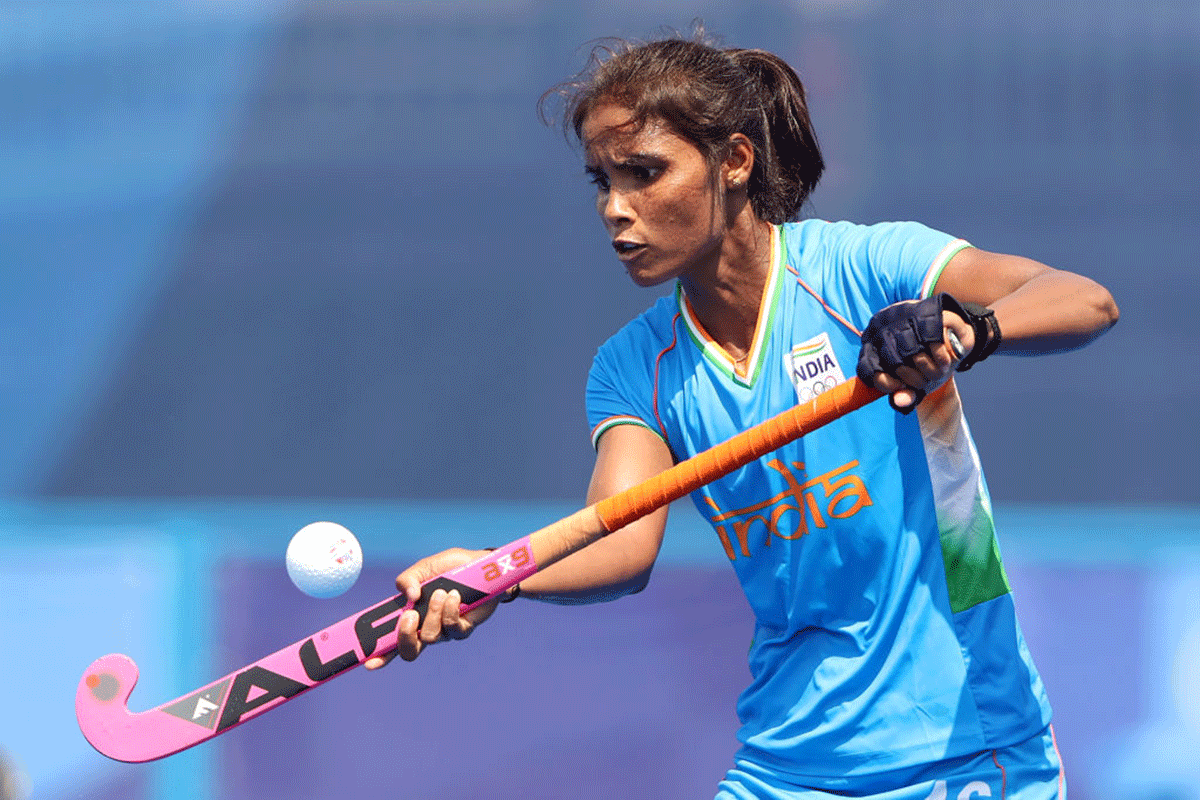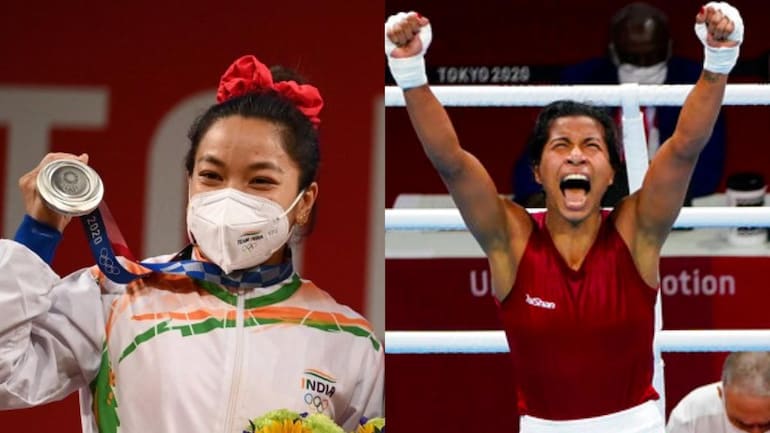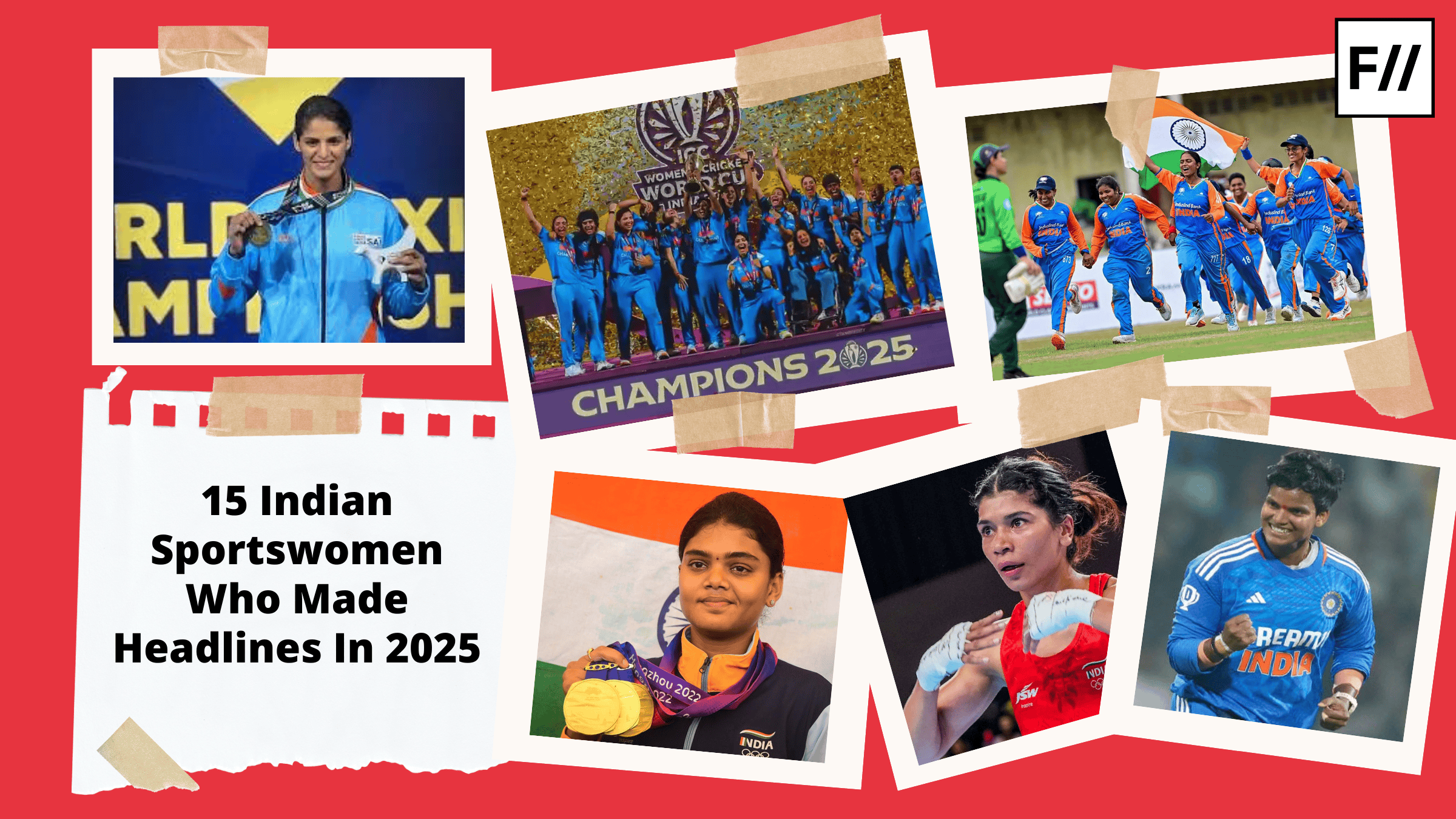All eyes are hooked to television sets with families and friends coming together cheering Indian athletes in the Tokyo Olympics, 2021. Unlike cricket, other sports such as archery, hockey, wrestling and badminton are becoming more popular than ever before yet remain far behind the popularity that cricket enjoys with the majority of media attention and fund-allocations. It has been an arduous road for sportspersons from different areas to attract the required resources their particular sports deserve.
Women by the virtue of their gender have found it harder to break, nay shatter the glass ceilings. Their participation in sports has been low for multiple reasons which is worth attention, given that the media has been abuzz these days with the appropriation of their success by the very society that continues to control their bodies and agency.
Women by the virtue of their gender have found it harder to break, nay shatter the glass ceilings. Their participation in sports has been low for multiple reasons which is worth attention, given that the media has been abuzz these days with the appropriation of their success by the very society that continues to control their bodies and agency.
A BBC research shows that 64 percent of Indian adults did not play any sports. Broken down gender-wise, 42 percent men play sports while only 29 percent women do the same. Sexism being so pervasive, women seldom find themselves in a conducive environment to participate let alone pursue a career in sports. The socio-cultural mindset that constantly discourages them by constructing fear around their sexuality, losing feminine characteristics considered “ideal” for women, wearing shorts, excessive physical activities, blunted nails and cropped hair, does not suit the petite, submissive Indian woman, acting as a groom-repellent. Additionally, myths such as “excessive” physical activities and sports damage their reproductive health and women being portrayed as “too weak” to handle the pressure on their bodies which might hamper their sole role as ‘reproductive beings’ or charmingly put as motherhood.
Also read: Mental Health In Sports: Simone Biles & Naomi Osaka’s Stand Draws Focus On Athletes’ Struggles
On the contrary, research shows that engaging in sports can help in boosting cardiovascular health, reduce the risk of chronic diseases and promote mental health among women.
Conventionally, women in sports are grossly downplayed by the mainstream media except for when they win medals one after another. It is the accomplishments of a handful of women like P.T. Usha, Sania Mirza, Mary Kom, the Phogat sisters, P.V. Sindhu, Saina Nehwal etc. that women’s sports could see the light of the day. More women have been entering sports looking up to these female role models. Women’s participation has increased since 2002 (36 percent) in the National games to 2011 with 43 percent of women participants. The recent Tokyo Olympics has recorded 56 female athletes, the highest ever and one only hopes that this trend continues. Though, their respective successes are often undercut by glorifying the support of their fathers, brothers or husbands. For instance, the portrayal of Mr. Phogat in the Blockbuster hit Dangal and Mary Kom’s husbands’ emasculating sacrifices have been lauded to soften the oppression of patriarchy.
Also read: A Feminist Reading Of Dangal
Individual success stories are being conveniently reduced to the support of their kin, concealing the structural inequalities India’s potential gold-winning “Olympian” daughters face on a regular basis, when away from the spotlight.

The celebrated boxing champion MC Mary Kom had to face similar challenges in following her passion for boxing when her father admonished her about the possibility of not getting married given the strain she was putting her body under and pursuing an “unladylike” sport. Mirabai Chanu, Tokyo Olympics silver medalist, was trolled for giving up on her ‘fertile’ years. Bhakti Sharma, the only Indian woman swimmer to have conquered five oceans, is a rare record-breaking talent. Despite winning a number of national championships as early as 14 years of age, she struggled to find swimming pools in Udaipur, Rajasthan. Her mother Leena, a national swimmer herself, recalled that it was an easier struggle to manage practising in private swimming pools, despite them being expensive and scarce than battling the social and cultural battles that were harder to fight.
Some of these women have not only challenged patriarchal attitudes but have overcome structural poverty. Bhavani Devi, India’s first fencer in the Olympics used bamboo sticks for practise. Neha Goyal from the women’s hockey team used to work with her mother in a cycle factory and Nisha Warsi’s father was an employee in a saree showroom, until a stroke left him paralysed. The Hockey team also consists of women from marginalised caste backgrounds such as Deep Grace Ekka, daughter of a tribal farmer, Salima Tete who comes from a place under the control of Naxals used to play with sticks in her neighbourhood. Nikki Pradhan, also from a remote district in Jharkhand would play with tree branches.
Sports, like any other field, places women in a vulnerable position of “sexploitation”. Certain rules for dress codes make women as objects of sexualisation and recipients of male gaze; evaluated by their sexual potential instead of their athletic ability. The recent example being Germany’s…. female gymnastics team in the ongoing Tokyo olympics wherein they wore full body suits and severed the whole idea of dress code having to be pointlessly sexual. Women’s cricket is also not immune to the ‘male gaze’ and their sexist representation that dumbs the merit of female players to their glamorous appeal they are ought to maintain despite being a sportswoman.
Also read: Male Gaze & The Policing Of Sportswomen’s Bodily Autonomy
Kikam Bhutia, the first woman from the North-eastern states to be appointed as a member of the coaching staff of the Board of Control for Cricket in India (BCCI) said that the government should provide better infrastructure adding that, “due to lack of financial security, a lot of talented women players are losing interest and forfeiting the game.” According to the Global Sports Salaries Survey 2017, the Gender pay gap in sports is more than in politics, business or even academia. At home, Hockey the national sport the pay gap is a minimum ten-fold wage gap between the two genders’ salary. The value placed on women’s sport is often lower, resulting in inadequate resources and unequal wages and prizes. India’s finest squash player, Dipika Pallikal refused to play at the National Squash Championship in Kerala in 2015 due to differential prize money for men and women for the same sport.
The whole country is eager to take all the credit for the accolades of sportswomen (unintentionally or intentionally) concealing the structural inequalities and challenges a woman has to go on their path to become a national face. The hypocrisy coexists with the inflated pride of an ‘Indian Nationalist’ who tries hard to forge a ‘unified uncritical identity’. Sportswomen from the North East were hailed by mainland Indians for the former’s contributions, the latter facing collective amnesia of their otherwise racist attitudes. Or the recent episode of casteist slurs hurled at Vandana Katariya’s family by two upper caste men. The “privileged” discourse of merit has seeped into sports as well with men of privilege, attributing India’s loss with the “too many Dalit players” in the team, completely disregarding Katariya’s record-breaking hattrick in the Olympics. The Indian media was zealously celebrating the “Chak De India!” moment while being mum on the structurally-casteist nature of the comment.

An interesting statement began doing rounds on social media after ‘victory bells’ were ringing for sports women in the Tokyo Olympics: “Women in India, From olympics to marriages are always expected to bring home THE GOLD!” It is baffling to note how women are expected to bring gold from marriages (as dowry) to the Olympics (as medals) either through patriarchal or hypernationalist baggage. The conflation of the two further, invisibilizes institutions of oppression.
The glorification of the successes of these Olympian daughters has been monopolized by the society that passes blind eyes to everyday sexism, casteism, racism women in sports face. Once a woman player takes head-on multiple obstacles hurled by structural oppression such as patriarchy, poverty and casteism and enters the sports industry, it only throws more obstacles at them!
The glorification of the successes of these Olympian daughters has been monopolized by the society that passes blind eyes to everyday sexism, casteism, racism women in sports face. Once a woman player takes head-on multiple obstacles hurled by structural oppression such as patriarchy, poverty and casteism and enters the sports industry, it only throws more obstacles at them! We can not gloss the challenges faced by these women and paint their success stories separate from the society they come from and the industry that they step into which is equally mired with prejudices manifested in gender pay gap, disproportionte award system and government investment, sexualization of women and sexual abuse. It is a collective failure if we neglect the paradoxes that exist between individual struggles and successes. We can not talk about women in sports with blinding and rose-tinted glasses, isolating their stories from the existing structures of oppression.
Sanjana has done her Masters in Political Science from the Centre for Political Studies, Jawaharlal Nehru University. She identifies herself as a feminist and has an interest in gender and politics. She can often be spotted in a room full of fairy lights with headphones on, in an oversized tee! Follow her on Instagram and LinkedIn.
Divya Upadhayay has completed her undergraduation in Political Science from Ramjas College, Delhi University. She is a Civil Service aspirant. She has a fondness for music and dance and also loves to discuss politics over a cup of tea!Follow her on Instagram and Facebook.





Guys, please get your facts right before writing stuff!!!
Squash is NOT part of the Olympics and hence there is NO question of Dipika Pallikal refusing to play at Rio
She had refused to play the Squash National Championships due to difference in Prize Money for Men & Women winners
Hope you understand the difference between Olympics & National Championships
Hi, thank you flagging, we have rectified this error.